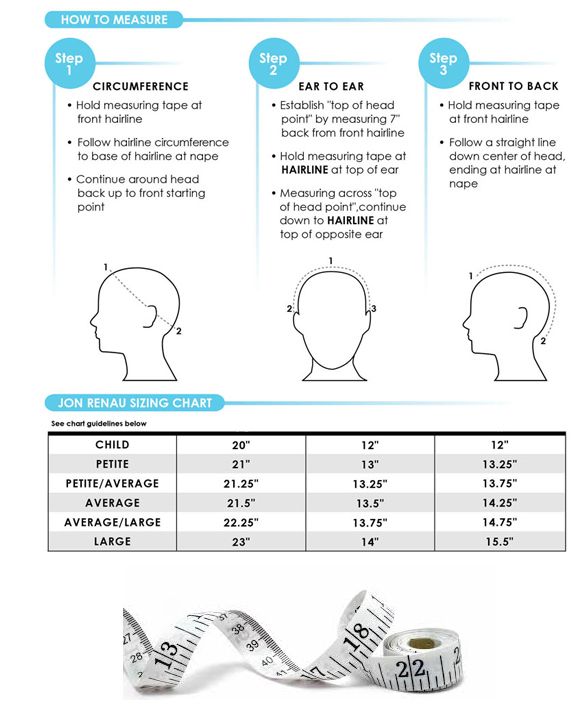The circumference of a bike wheel is defined as the distance around the outside of the wheel. This distance includes the additional width that a tire brings to the wheel.
As you’re probably aware, wheel circumference is an important measurement for calibrating and ensuring the accuracy of a bike computer.
A bike computer, often referred to as a cyclometer, is a device that can provide detailed statistics on your bike rides, including the speed of your ride and the distance covered.
The majority of bike computers rely on counting a wheel’s rotations. So inputting the correct circumference is vital for accurate estimates of your speed and distance travelled.
To obtain the most accurate ride data possible, here are three easy ways to measure your wheel’s circumference.
For all of the below methods, ensure that your tire pressure is the same level you ride at.
Add a header to begin generating the table of contents
At the bottom of the article, I’ve also included a bike tire circumference chart that you can use to verify the circumference of any bike tire.
Because cyclists have different preferences for tire pressure (PSI) and ride tires with varying amounts of wear, it’s essential to measure the circumference of your own tire.
Whilst a few millimetres of inaccuracy may seem marginal. However, over the duration of a long bike ride, any inaccuracy in tire circumference can significantly impact the accuracy of the data your bike computer provides.
This method involves calculations you’ll probably want to use a calculator for.
Formula for measuring bike wheel circumference: wheel diameter x 3.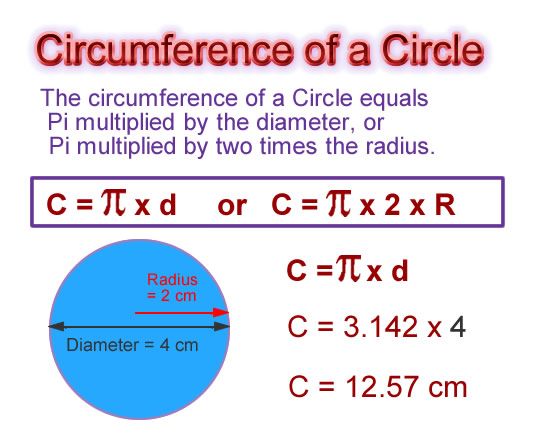 14 = wheel circumference.
14 = wheel circumference.
The dot to dot method is very simple but can be inaccurate if the steps below aren’t followed closely.

If you could find your tire size information on the side of your tire, search it below, and the table will reveal the standard circumference of tires of that size.
This bike tire circumference chart is accurate and uses data on the circumferences of standardized tires sold worldwide.
It’s important to understand, though, that there will always be a slight difference in circumference for each rider.
Some cyclists prefer riding with a lower PSI, which decreases tire circumference, whilst others will be riding morn worn tires.
To ensure you enter the most accurate figure into your bike computer, I recommend using one of the methods above, as this will provide you with the most precise measurement.
After all, there’s no point in having a bike computer if it isn’t correctly calibrated.
| Tire Size | ISO Size | Circumference (meters) | Circumference (mm) |
|---|---|---|---|
| 700 x 18C | 18-622 | 2.07 | 2070 |
| 700 x 19C | 19-622 | 2.08 | 2080 |
| 700 x 20C | 20-622 | 2.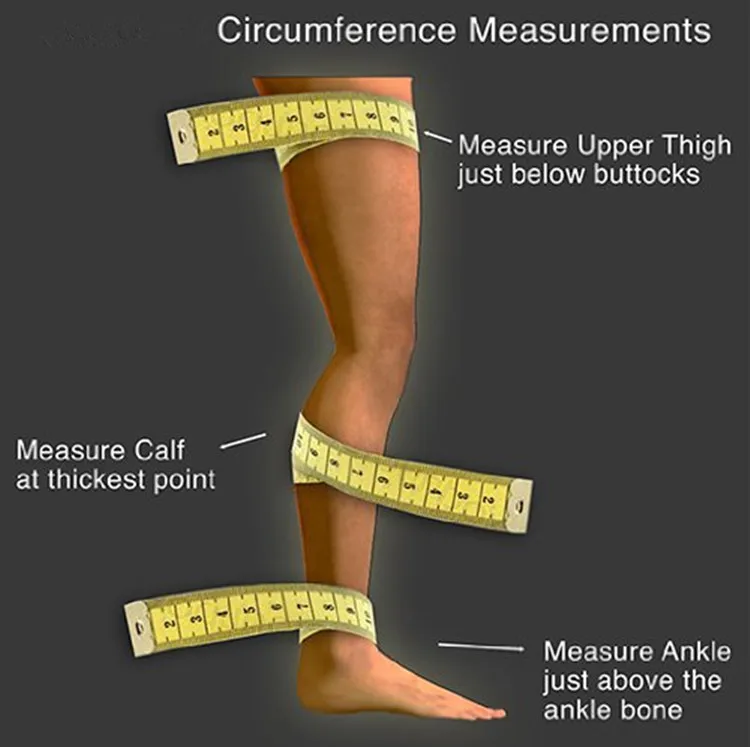 086 086 | 2086 |
| 700 x 23C | 23-622 | 2.096 | 2096 |
| 700 x 25C | 25-622 | 2.105 | 2105 |
| 700C Tubular | - | 2.13 | 2130 |
| 700 x 28C | 28-622 | 2.136 | 2136 |
| 700 x 30C | 30-622 | 2. 146 146 | 2146 |
| 700 x 32C | 32-622 | 2.155 | 2155 |
| 700 x 35C | 35-622 | 2.168 | 2168 |
| 700 x 38C | 38-622 | 2.18 | 2180 |
| 700 x 40C | 40-622 | 2.2 | 2200 |
| 700 x 44C | 44-622 | 2.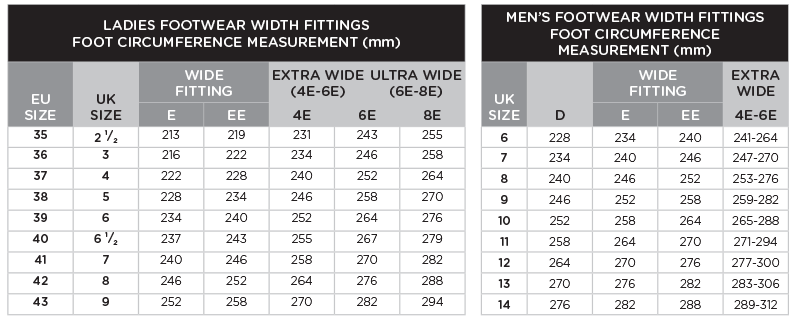 235 235 | 2235 |
| 700 x 45C | 45-622 | 2.242 | 2242 |
| 700 x 47C | 47-622 | 2.268 | 2268 |
| 650 x 20C | 20-571 | 1.938 | 1938 |
| 650 x 23C | 23-571 | 1.944 | 1944 |
| 650 x 35A | 37-590 | 2.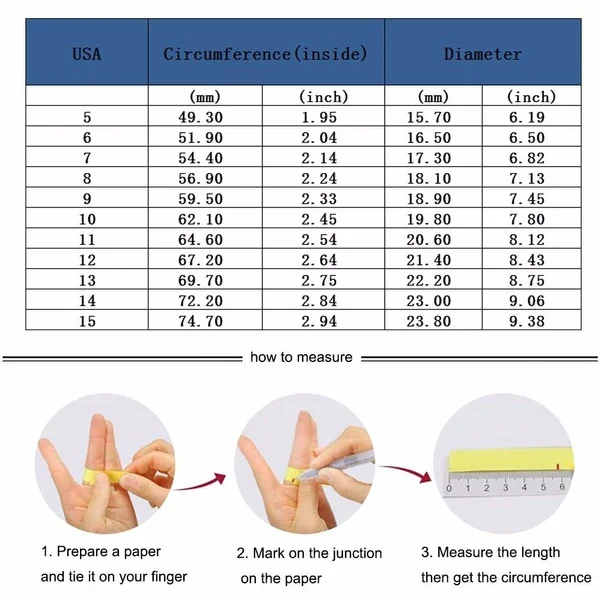 09 09 | 2090 |
| 650 x 38B | 40-584 | 2.105 | 2105 |
| 650 x 38A | 40-590 | 2.125 | 2125 |
| 12" x 1.75" | 47-203 | 0.935 | 935 |
| 12" x 1.95" | 54-203 | 0.94 | 940 |
| 14" x 1.50" | 40-254 | 1.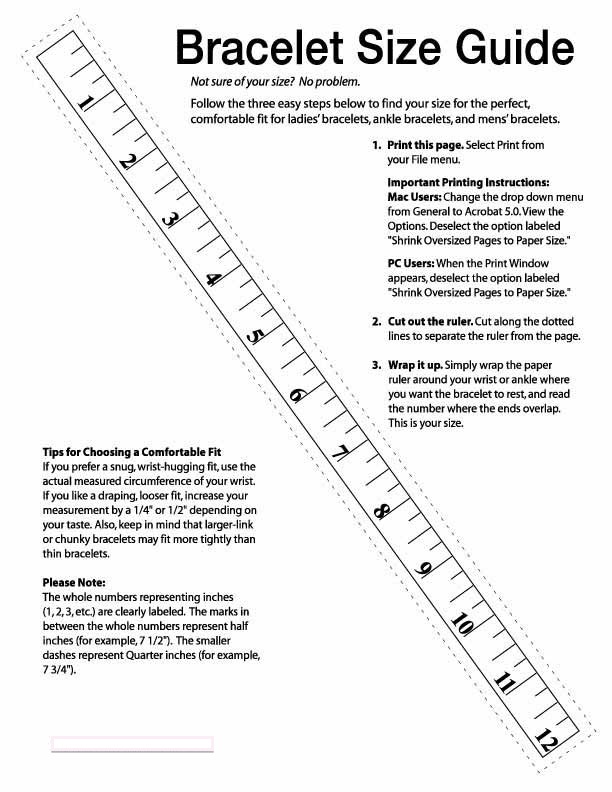 02 02 | 1020 |
| 14" x 1.75" | 47-254 | 1.055 | 1055 |
| 16" x 1.50" | 40-305 | 1.185 | 1185 |
| 16" x 1.75" | 47-305 | 1.195 | 1195 |
| 16" x 2.00" | 54-305 | 1.245 | 1245 |
| 16" x 1-1/8" | 28-349 | 1.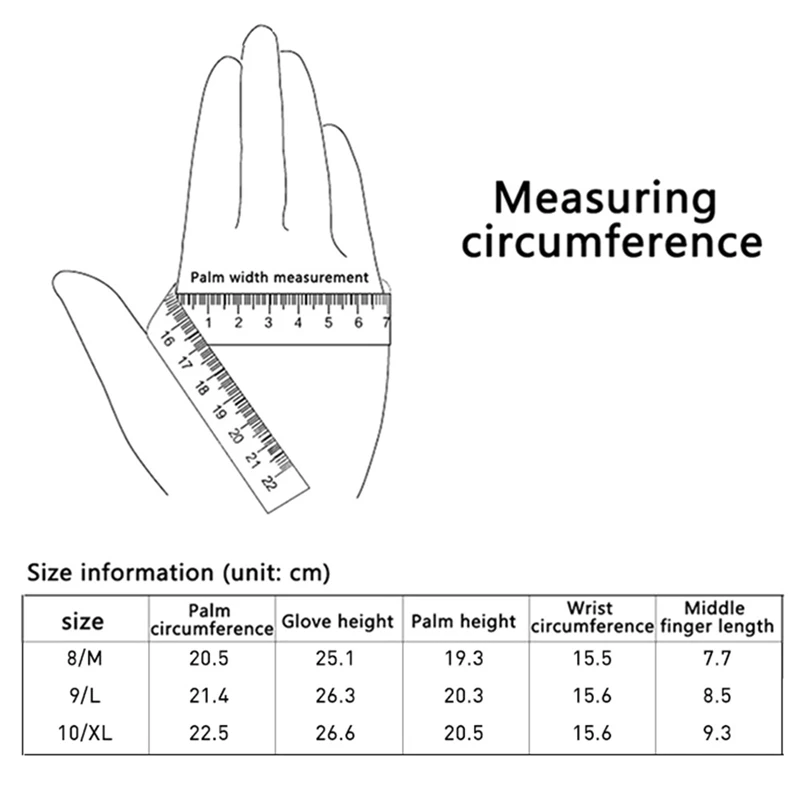 29 29 | 1290 |
| 16" x 1-3/8" | 37-349 | 1.3 | 1300 |
| 18" x 1.50" | 40-355 | 1.34 | 1340 |
| 18" x 1.75" | 47-355 | 1.35 | 1350 |
| 20" x 1.25" | 32-406 | 1.45 | 1450 |
| 20" x 1.35" | 35-406 | 1.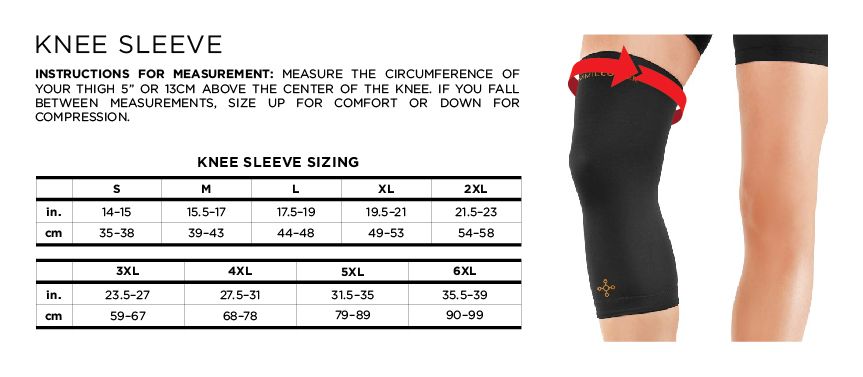 46 46 | 1460 |
| 20" x 1.50" | 40-406 | 1.49 | 1490 |
| 20" x 1.75" | 47-406 | 1.515 | 1515 |
| 20" x 1.95" | 50-406 | 1.565 | 1565 |
| 20" x 1-1/8" | 28-451 | 1.545 | 1545 |
| 20" x 1-3/8" | 37-451 | 1.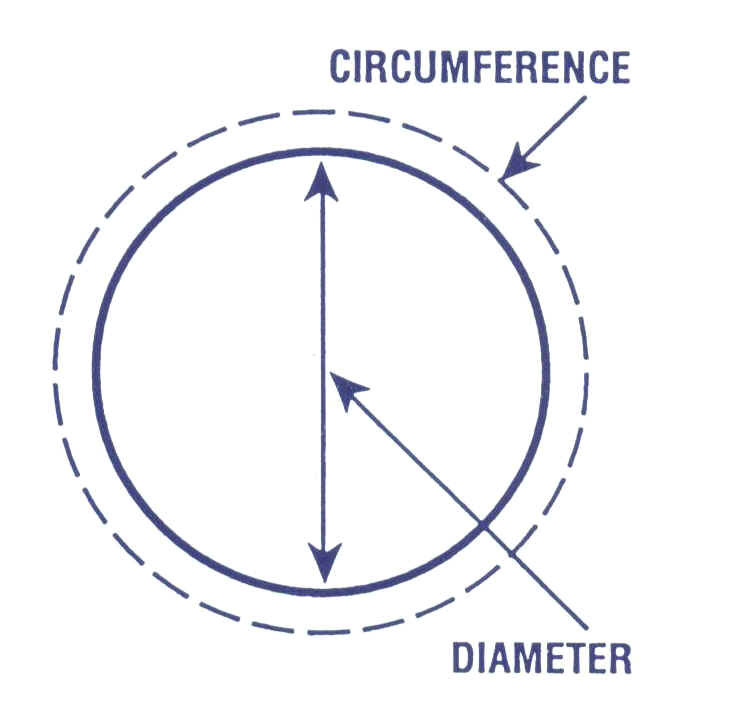 615 615 | 1615 |
| 22" x 1-3/8" | 37-501 | 1.77 | 1770 |
| 22" x 1-1/2" | 40-501 | 1.785 | 1785 |
| 24" x 3/4" Tubular | - | 1.785 | 1785 |
| 24" x 1" | 25-520 | 1.753 | 1753 |
| 24" x 1-1/8" | 28-540 | 1.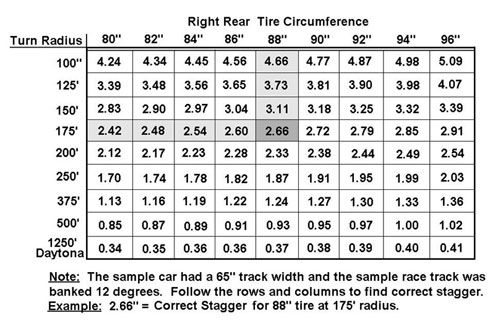 795 795 | 1795 |
| 24" x 1-1/4" | 32-540 | 1.905 | 1905 |
| 24" x 1.75" | 47-507 | 1.89 | 1890 |
| 24" x 2.00" | 50-507 | 1.925 | 1925 |
| 24" x 2.125" | 54-507 | 1.965 | 1965 |
| 26" x 7/8" Tubular | - | 1.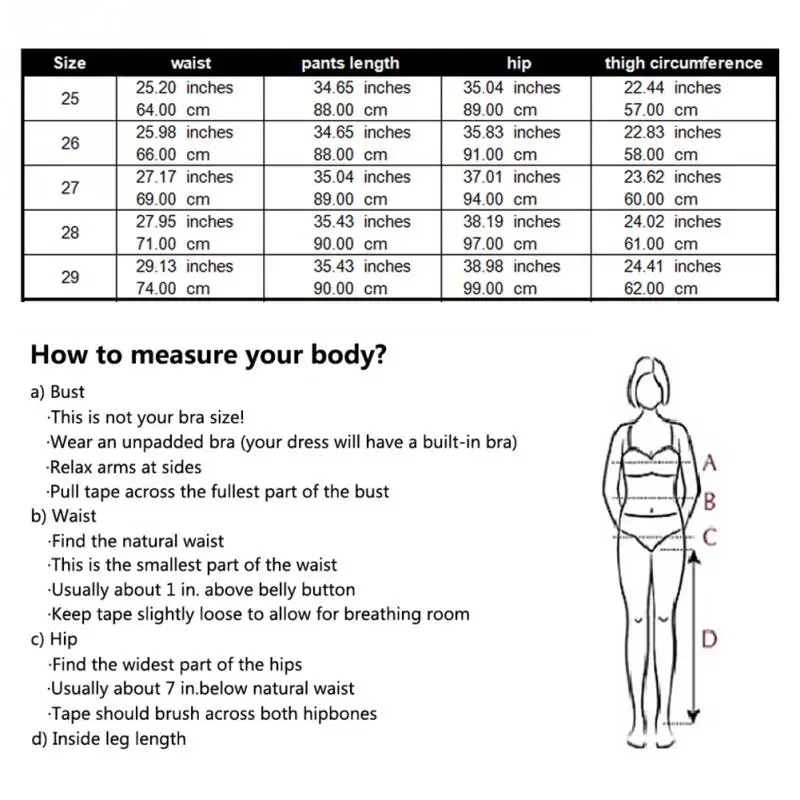 92 92 | 1920 |
| 26" x 1.25" | 32-559 | 1.95 | 1950 |
| 26" x 1.40" | 37-559 | 2.005 | 2005 |
| 26" x 1.50" | 40-559 | 2.01 | 2010 |
| 26" x 1.75" | 47-559 | 2.023 | 2023 |
| 26" x 1.95" | 50-559 | 2.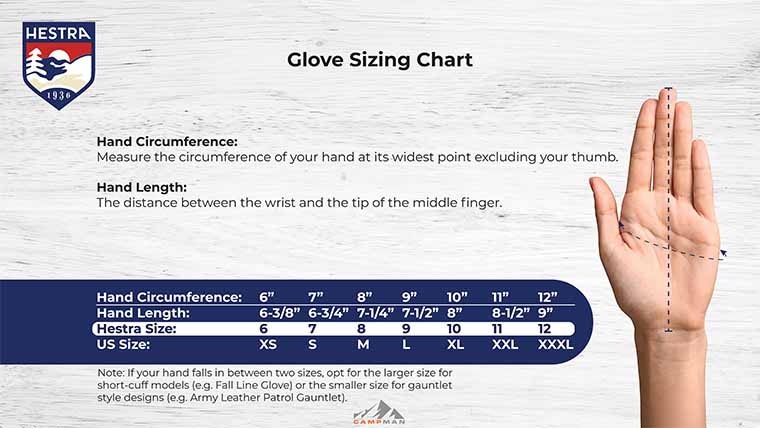 05 05 | 2050 |
| 26" x 2.00" | 52-559 | 2.055 | 2055 |
| 26" x 2.1" | 54-559 | 2.068 | 2068 |
| 26" x 2.125" | 57-559 | 2.07 | 2070 |
| 26" x 2.35" | 58-559 | 2.083 | 2083 |
26" x 3.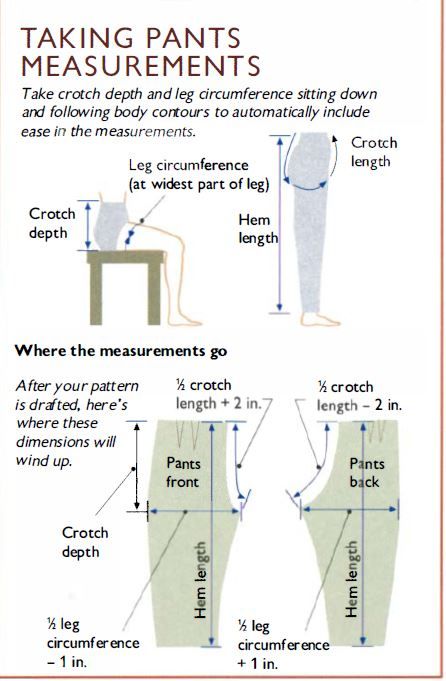 00" 00" | 75-559 | 2.17 | 2170 |
| 26" x 1-1.0" | 25-559 | 1.913 | 1913 |
| 26" x 1" | 25-571 | 1.952 | 1952 |
| 26" x 1-1/8" | 28-590 | 1.97 | 1970 |
| 26" x 1-3/8" | 37-590 | 2.068 | 2068 |
| 26" x 1-1/2" | 37-584 | 2.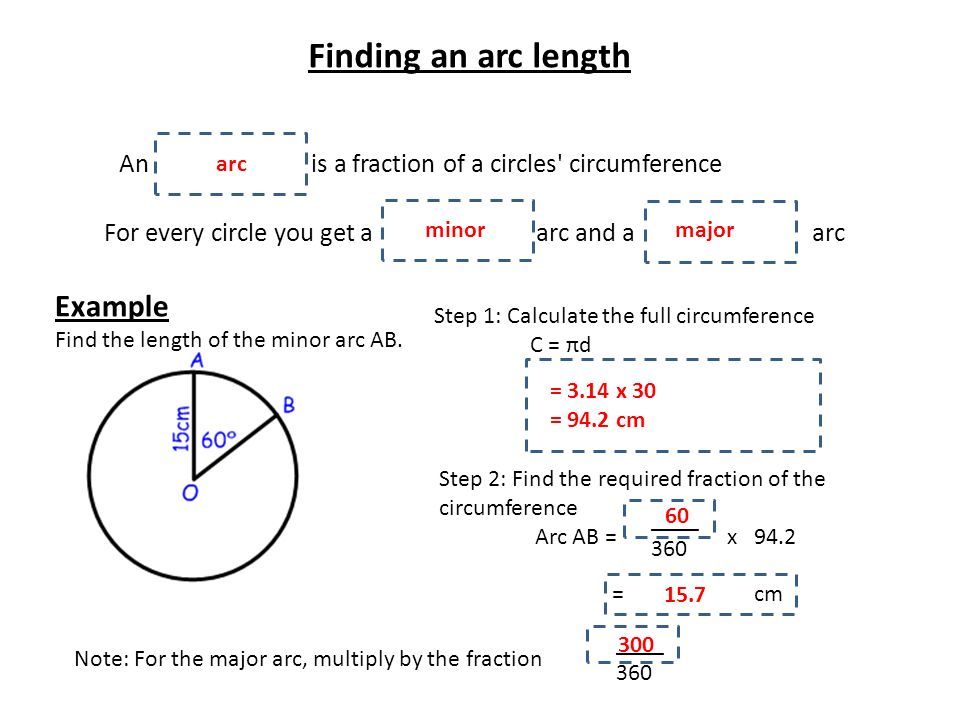 1 1 | 2100 |
| 27" x 1" | 25-630 | 2.145 | 2145 |
| 27" x 1-1/8" | 28-630 | 2.155 | 2155 |
| 27" x 1-1/4" | 32-630 | 2.161 | 2161 |
| 27" x 1-3/8" | 37-630 | 2.169 | 2169 |
27.5" x 1. 50" 50" | 40-584 | 2.079 | 2079 |
| 27.5" x 1.95" | 50-584 | 2.09 | 2090 |
| 27.5" x 2.10" | 54-584 | 2.148 | 2148 |
| 27.5" x 2.25" | 57-584 | 2.182 | 2182 |
| 29" x 2.25" | 58-622 | 2.281 | 2281 |
29" x 2.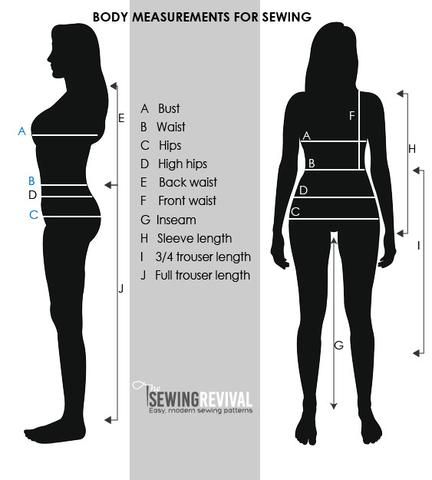 1" 1" | 54-622 | 2.288 | 2288 |
| 29" x 2.2" | 56-622 | 2.298 | 2298 |
| 29" x 2.3" | 60-622 | 2.326 | 2326 |
The information found above should have helped you correctly calibrate your bike computer.
However, if for any reason you were unable to measure the circumference of your bike tire or didn’t understand something in this article, leave me a comment below, and I’ll get straight back to you.
If you’re looking for a more detailed guide on bike wheel sizes, you can read the complete guide on wheel sizing here.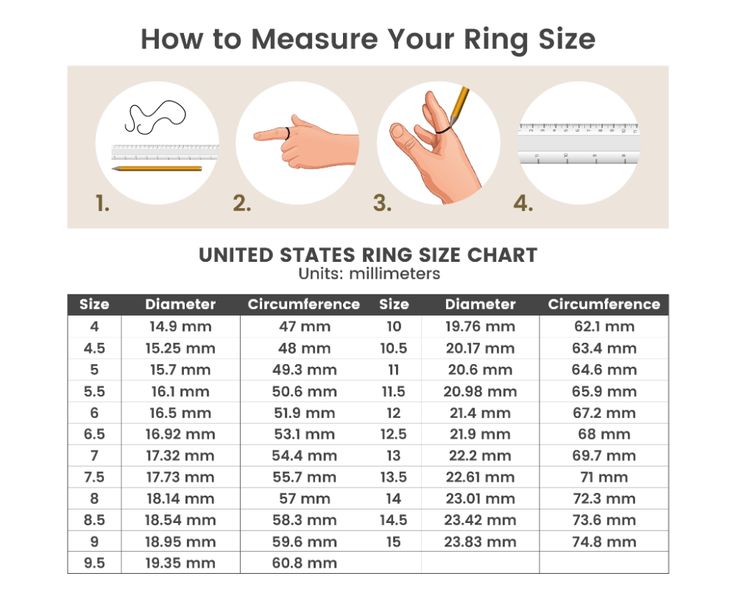
As always, make sure you’re using a good quality bike lock to secure your bike when leaving it unattended.
Lock it or lose it.
Ciao for now!
Updated 8/16/17
Proper measurement of a tire is very important when choosing a tire as it will affect many things such as engine R.P.M., vehicle fitment, roll out and ground clearance issues.
Roll out is the number of inches the tire rolls before it has traveled back to its initial starting point as shown below.
A tire can be measured for circumference or roll out by using a tape measure. Start by laying the mounted and inflated tire on its side. Wrap the tape measure around the tire going around the center part of the tread pattern.
Our bias race tires (ET Street R and ET Drags) are made with a nylon construction. For this reason, it is necessary to use the following procedure for checking the rollout (circumference) of tires when they are first mounted. Always check the size before installing rim screws or putting the tires in use.
Always check the size before installing rim screws or putting the tires in use.
Before mounting the tires, we recommend checking the date codes (Refer to General Tech Bulletin # 1 (LINK)). A natural characteristic of nylon is to shrink over an extended period of time. The dates should be within six months to help ensure close measurements. If they do not, please contact your dealer or point of purchase.
After mounting the tires, take the air pressure to 20 psi then immediately drop to the pressure you plan to use at the track (example – 12 PSI). Important, never let one tire sit at a higher air pressure for an extended period of time. To clarify, do not air one tire up, drop it immediately, then let the other tire sit at 20 psi for while. This will give inaccurate numbers as one will have stretched. Before the tires are run they should always have the same air pressure for the same amount of time unless you are trying to stretch it.
Tires must be matched within ½” maximum before they are run.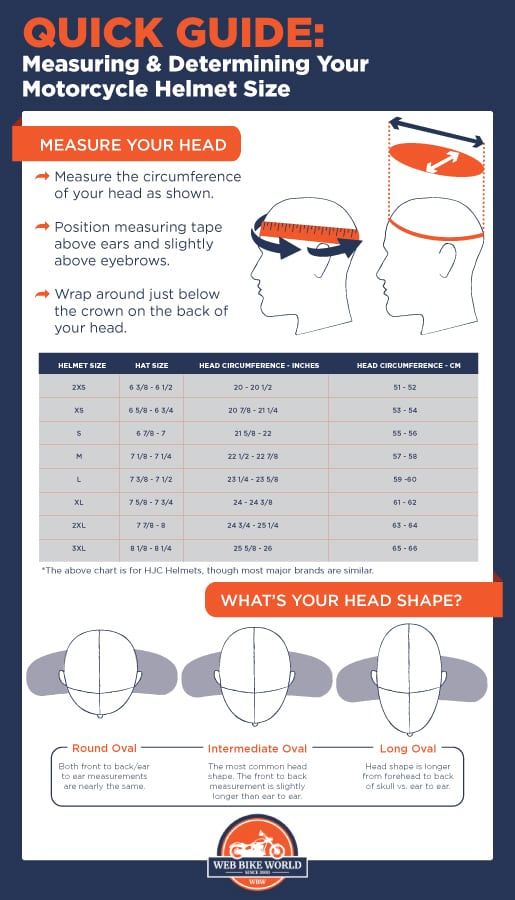 If they exceed this difference, it can usually be corrected. This is done by over inflating the shorter tire and letting it sit a short period of time to allow it to stretch. It is very important to monitor this procedure to avoid stretching too much. When stretching tires always drop them back to “0” psi,, then back up to your track pressure. This will show if it has actually stretched or not. This should be done as close to running the tires as possible. Never inflate tires over 40 PSI to stretch them. If you cannot get the tires to match, please contact your dealer. Mismatched tires exceeding ½” cannot be exchanged if:
If they exceed this difference, it can usually be corrected. This is done by over inflating the shorter tire and letting it sit a short period of time to allow it to stretch. It is very important to monitor this procedure to avoid stretching too much. When stretching tires always drop them back to “0” psi,, then back up to your track pressure. This will show if it has actually stretched or not. This should be done as close to running the tires as possible. Never inflate tires over 40 PSI to stretch them. If you cannot get the tires to match, please contact your dealer. Mismatched tires exceeding ½” cannot be exchanged if:
O.D. is the measurement of a tire diameter and is taken from the top of the tire to the bottom of the tire. Note: The O. D. of a tire is measured with the tire off of the vehicle, not under load and at appropriate air pressure. The most accurate way to calculate the OD of a tire is measuring the circumference and dividing by 3.1416”. (Example: Circumference = 88.0” ; therefore 88.0 divided by 3.1416 = 28.01”) Knowing the O.D. of a tire will aid in fitment issues and can assist in gear ratio and speedometer corrections.
D. of a tire is measured with the tire off of the vehicle, not under load and at appropriate air pressure. The most accurate way to calculate the OD of a tire is measuring the circumference and dividing by 3.1416”. (Example: Circumference = 88.0” ; therefore 88.0 divided by 3.1416 = 28.01”) Knowing the O.D. of a tire will aid in fitment issues and can assist in gear ratio and speedometer corrections.
All Mickey Thompson® tires are listed in our specification sheets with an O.D. (overall diameter) or circumference. These measurements are derived in the following manner . . .
To correctly calculate the tire parameters, compare the tires, use our very convenient online calculator:
/ R
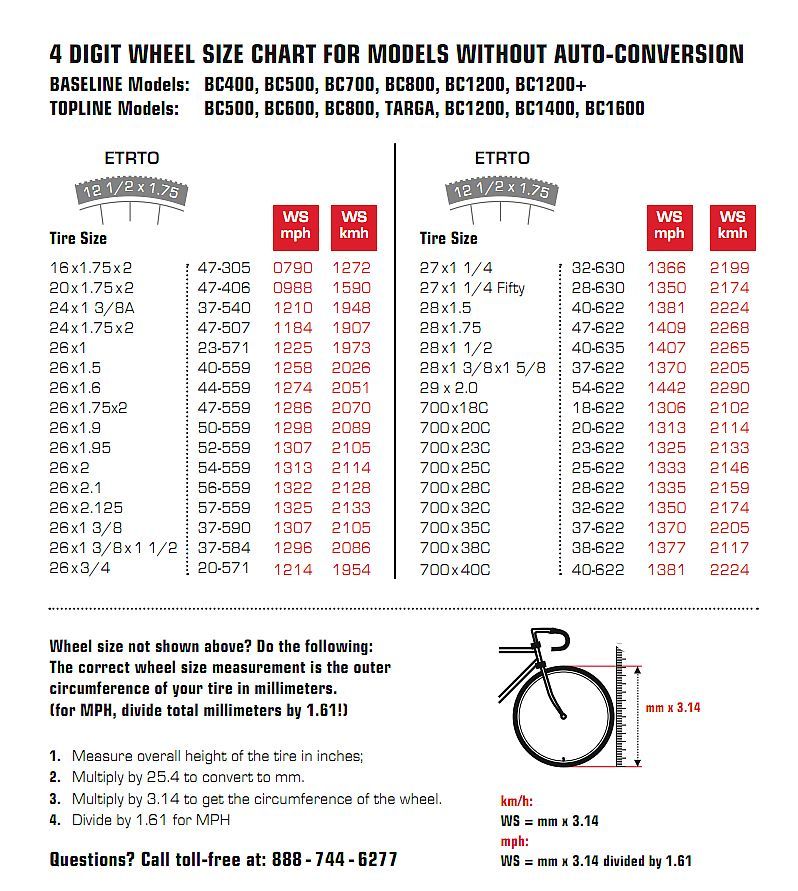 0024
0024 in the fields "Shina No. your car. It is usually indicated on a plate pasted in the driver's door opening.
In the "Tire #2" fields, enter the parameters of the tire you want to compare with the reference (tire #1).
The diameter of the new wheel (tire) must not differ by more than 3% of the wheel diameter set by the vehicle manufacturer.
Tire width ( W Tire ) is indicated by the first number in the marking in millimeters: 225
Thus, to determine it in millimeters, a calculation is needed using the following formula:
H profiles in mm = (W tires ⋅ H profiles in% ) / 100
H profile = (205 ⋅ 55) / 100 = 113 mm = 11.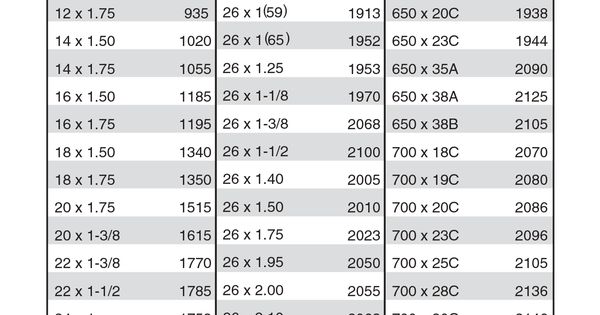 3 cm
3 cm
Usually the disc diameter ( bore ) is indicated after the letter R (sometimes B, D or the letter is not indicated): 225/50 R 16 .
This parameter is specified in inches , so if you want to convert it to centimeters, it must be multiplied by 2.54 .
Calculation of the wheel diameter is easy if you know the rim diameter and the profile height of the tire.
D tires = D disc + 2 ⋅ h profiles
We determine the diameter of the tire in centimeters with the following marking: 205 /55 R16
The calculation is carried out according to the following formula:
with tire = π ⋅ D tire , where π later ≈ 3. 14
14
Take the diameter of the tire from the previous example D Tires = 63.2 cm and determine the length and determine the length and determine the long tire circumference with marking: 205 / 55 R16
С tires = 63.2 ⋅ 3.14 = 198.44 cm know the outer circumference of the tire.
RPM = 100000 / C tires in cm
0015
RPM = 100000 / 198.44 = 503.9 ≈ 504 rpm
If the wheel diameter is larger or smaller than the standard, then the speedometer reading will not reflect the actual speed of the car. So, for example, if the tire diameter is smaller than the standard one, then the speedometer will show the speed more than it actually is. And vice versa.
The larger the tire diameter, the greater the ground clearance. Moreover, if, for example, you changed a wheel with a diameter of 60 cm , on a wheel with a diameter of 64 cm , the ground clearance has increased by 2 cm . 2 you need to enter the circumference of the bicycle wheel. This is the main setting, depending on which most indicators are calculated.
2 you need to enter the circumference of the bicycle wheel. This is the main setting, depending on which most indicators are calculated.
Consider how to find it.
Look at the tire size written on the side of the tire and select the wheel circumference in the table for the bike computer.
Usually such tables come with a computer, but if it is not, then here is one of the options.
You can check the compatibility of different tire markings and sizes in the interchangeability table, but here we will only give a diagram with explanations of what numbers, what they mean in different types of tire size markings.
It is best done by two people - one sits on the bike, and the second measures. With a seated cyclist, measurements will be more accurate, since tire compression is taken into account during a real trip, and it is more convenient to put marks on the pavement.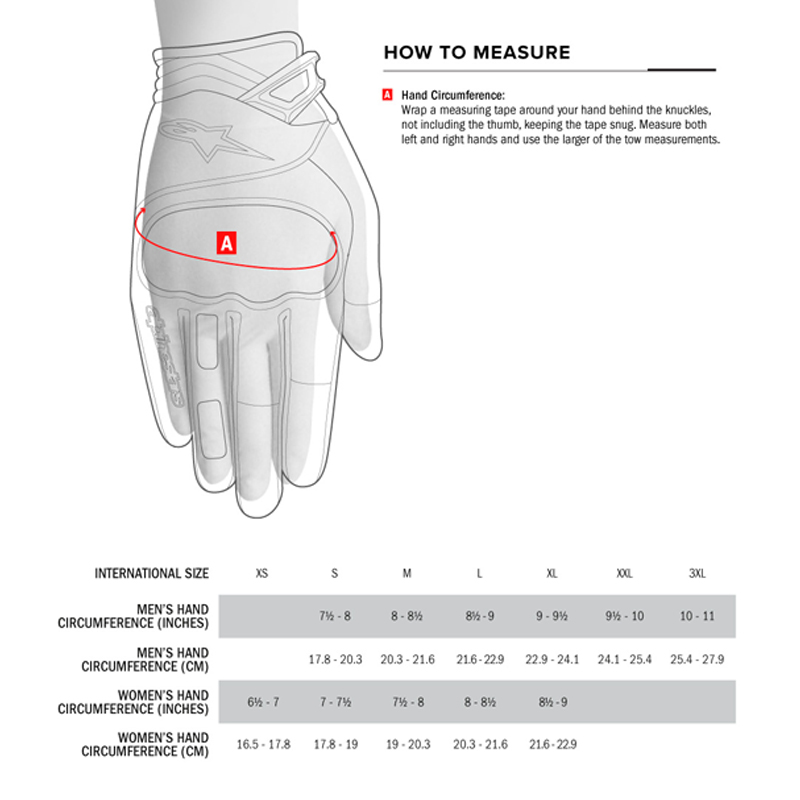 Do not forget that the wheels must be inflated to the pressure at which you will then ride.
Do not forget that the wheels must be inflated to the pressure at which you will then ride.
You can wrap the wheel with a sewing tape measure, thread, twine and measure it. True, real experience shows that this is less convenient to do. The thread should lie exactly on the top of the tire, and not wag along its surface, which is easy in theory, but not very much in practice.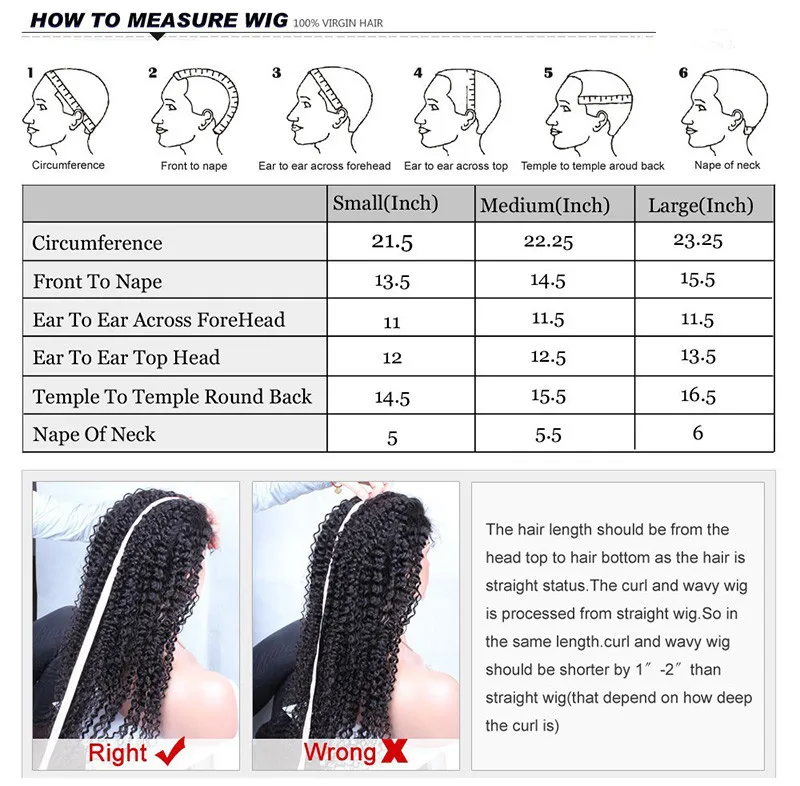 And, secondly, with this method, tire deflection is not taken into account.
And, secondly, with this method, tire deflection is not taken into account.
Next, for those who remember the math.
Measure wheel radius from center of hub. to the outer edge of the tire (or to the ground) . This must be done on a standing bike.
It is better to measure vertically to the ground - this way there will be no bending error due to the fact that the hub is much wider than the wheel.
I remind you - we measure exactly from the center of the hub , and not from its edges, measuring the radius of the tire along its outer edge.
Having accurately measured the radius of the wheel in mm and, remembering the school mathematics course, we calculate the circumference using the formula: l \u003d 2πR (or πD)
Wheel circumference (in mm) \u003d 2 * 3.1415 (which is the number " Pi”) * measured radius (in mm)
What is available in addition.